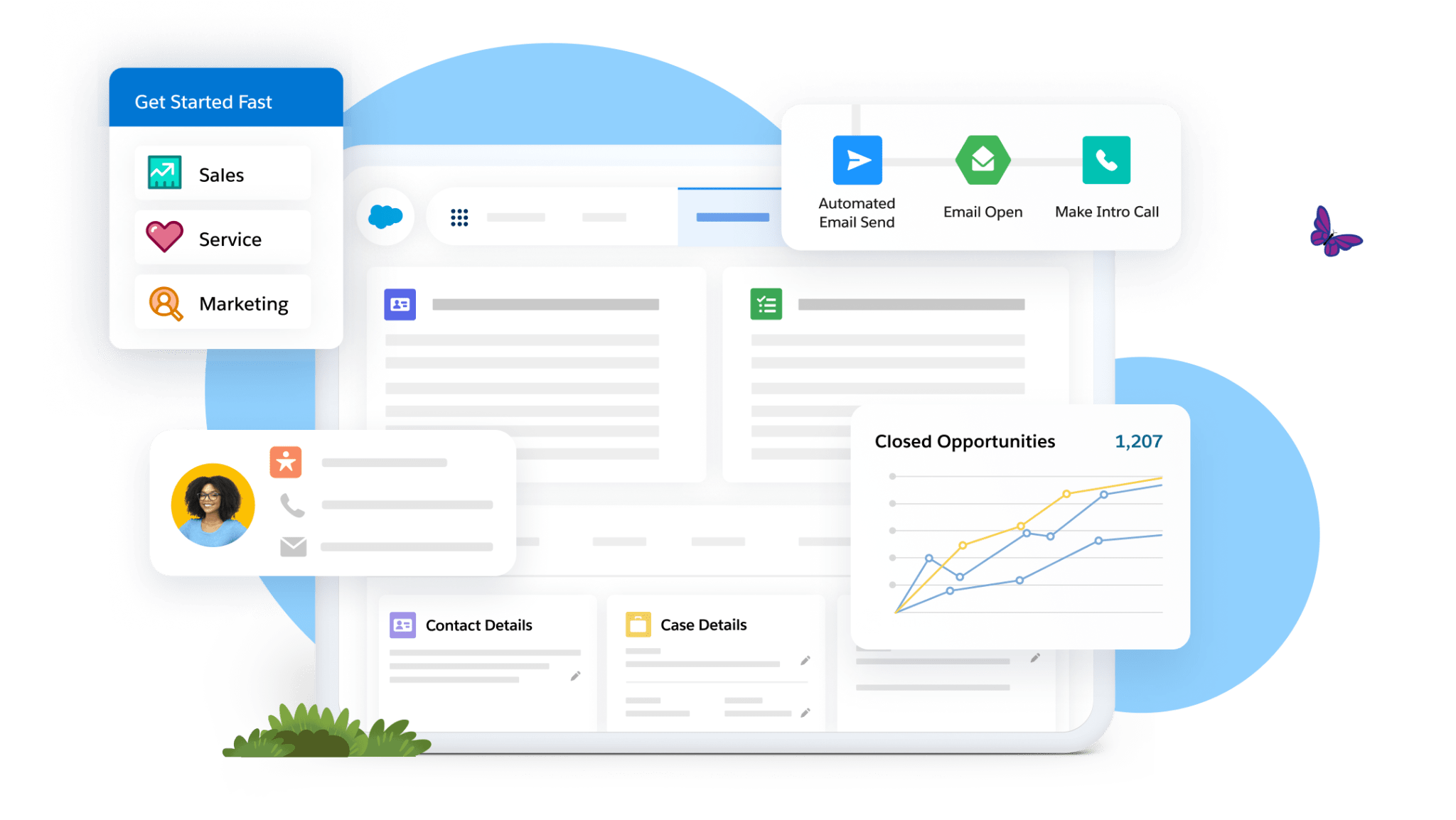How to Write a Business Proposal for Small Businesses



Help your small business stand out with a well-crafted business proposal — here’s how.

Caylin White
A well-crafted business proposal can be a powerful tool to achieve your goals. Are you a small or medium-sized business (SMB) owner or leader looking to secure new clients or expand your business? It may sound daunting but if you follow these steps you can create a compelling proposal that will make your small business stand out.
Grab a cup of coffee and read on to learn everything from understanding the key components of a business proposal to best practices and real-world examples that will inspire you.
What you’ll learn:
What is a business proposal?
Key components of a successful business proposal
Types of business proposals to consider
Step-by-step guide to writing a business proposal
Best practices for writing a business proposal for small businesses
Business proposal templates for SMBs
Get started on your proposal for small business
What is a business proposal?
A business proposal is a formal document that outlines your business, the project or service you’re proposing, and the value you can bring to a potential client. It’s a key part of your small business marketing strategy. It serves as a roadmap for your business relationship and demonstrates your expertise, capabilities, and unique selling points.
To be clear, a business plan is different than a business proposal. A business plan focuses on the internal features of your business. A business proposal serves as a pitch to a client or business. The object of a business proposal is to secure a partnership between organizations by demonstrating the value of the service your business can offer. (Back to top.)
Key components of a successful business proposal
When learning how to write a grant proposal for small business (or any sized business) there are a few terms you’ll need to learn:
- Cover page and introduction: Begin your business proposal with a professional cover page that includes your business name, logo, contact information, and the date. Follow this with a brief introduction that states the purpose of the proposal and provides a high-level overview of your business. Proposals with an attractive cover page tend to convert around 45% better than those without one.
- Executive summary: The executive summary is a concise overview of your entire proposal. It should grab the reader’s attention and highlight the key points of your proposal, including the problem you’re solving, your proposed solution, and the benefits your client will gain by working with you.
- Problem statement: Clearly articulate the problem or challenge your client is facing. This section needs to demonstrate your understanding of their needs and pain points. Use specific details and data to support your claims.
- Implementation plan and solution: Present your proposed solution in detail. Explain how your product or service addresses the problem you’ve outlined. Provide a step-by-step implementation plan, including timelines, milestones, and deliverables.
- Budget and pricing: Outline the costs associated with your proposed solution. Be transparent and provide a detailed breakdown of expenses. If applicable, offer different pricing options or packages to cater to different budgets.
- Benefits and value proposition: Highlight the specific benefits your client will gain by choosing your business. Quantify the value you bring whenever possible and explain how your solution will help them achieve their goals.
- Call to action: Conclude your business proposal with a clear call to action. Invite the reader to take the next step, whether it’s scheduling a meeting, signing a contract, or making a purchase. Research states that proposals that contained only one offer, sold for a 21% higher upfront fee, and a 33% higher monthly, retainer fee.
Pro tip: Make your proposal mobile-ready as one-third of the population are reading from their mobile devices, phones, or tablets. (Back to top.)
Types of business proposals to consider
There are different types of business proposals, each tailored to specific purposes. Here are a few common types:
Project proposals
Project proposals are used when you’re bidding on a specific project. They outline the scope of work, timeline, budget, and deliverables for the project.
Sales proposals
Sales proposals are used to convince potential customers to purchase your products or services. They focus on highlighting the benefits of your offerings and demonstrating how they meet the customer’s needs. Pull data from your small business CRM to ensure you are meeting your customer’s needs.
Partnership proposals
Partnership proposals are used to establish collaborative relationships with other businesses. They outline the mutual benefits of the partnership and define the roles and responsibilities of each party.
Step-by-step guide to writing a business proposal
No matter what type of business you’re starting, you can follow these steps to create a well-structured and persuasive business proposal:
1. Identify your target audience
Understand the needs, challenges, and preferences of your target client. Tailor your proposal to their specific pain points and interests.
2. Gather relevant information
Conduct thorough research on your target client and their industry. Use customer data from your CRM to flesh out the proposal and ensure it’s highly relevant. Don’t have a CRM? It’s easy to get started with Salesforce.
3. Structure and format
Organize your proposal using a clear and logical structure. Use headings, subheadings, and bullet points to make it easy to read. Tailor the format to your audience and purpose.
4. Craft a compelling executive summary
Write a concise and attention-grabbing executive summary that summarizes the key points of your proposal. This section is crucial in capturing the reader’s interest.
5. Develop a detailed problem statement
Clearly outline the challenge or problem your client is facing. Provide evidence and data to support your claims and demonstrate your understanding of their situation.
6. Propose a solution and implementation plan
Present your solution in detail, explaining how it addresses the problem you’ve identified. Provide a step-by-step implementation plan with timelines and deliverables.
7. Highlight benefits and value
Emphasize the specific benefits your client will gain by working with you. Quantify the value whenever possible and explain how your solution aligns with their goals.
8. Include a budget and pricing
Provide a transparent and detailed breakdown of costs associated with your solution. Offer different pricing options if applicable.
10. Incorporate testimonials or case studies
Include testimonials from satisfied clients or case studies that demonstrate the success of your solutions. This adds credibility to your proposal.
11. Proofread and revise
Carefully proofread your proposal for any errors in grammar, spelling, or formatting. Ensure the language is clear, concise, and professional. (Back to top.)
Best practices for writing a business proposal for small businesses
Now it’s time to help your SMB stand out. Here are some additional tips to enhance your business proposal:
Use clear and concise language. By avoiding jargon and technical terms that your client may not be familiar with. Use simple language that’s easy to understand.
Highlight your unique selling points. Emphasize what sets your business apart from competitors. Showcase your expertise, experience, and unique value proposition.
Tailor your business proposal. Customize your proposal to each client by addressing their specific needs and pain points, and demonstrate how your solution is the best fit for them.
Use enticing visuals. Incorporate charts, graphs, videos, and images to support your points and make your proposal more visually appealing.
Proofread your proposal thoroughly. Double-check for any errors in grammar, spelling, or formatting. (Back to top.)
Business proposal templates for SMBs
When it comes to creating a business proposal, professionally designed templates can be a game-changer. You can find many grant proposal templates or business proposal templates in Google docs, Quickbooks, and other websites. These templates not only save you time and effort, but also provide a polished and professional look to your proposal.
Once you have chosen a template, it’s important to customize it to fit your specific business needs. This includes adding your company logo, adjusting the colors and fonts to match your brand identity, and tailoring the content to highlight your unique value proposition. By utilizing professionally designed templates and following these tips, you can create compelling business proposals that leave a lasting impression on your clients.
Get started on your proposal for small business
Writing a business proposal is a crucial step in presenting a compelling case for any type of business. It requires careful planning, research, and a clear understanding of the target audience.
Starting a small business — or any sized business for that matter — doesn’t have to be hard when you have the right tools for the job. With these tips and techniques, you can create the business that you’ve dreamed of for the future you deserve.
AI supported the writers and editors who created this article. (Back to top.)



























